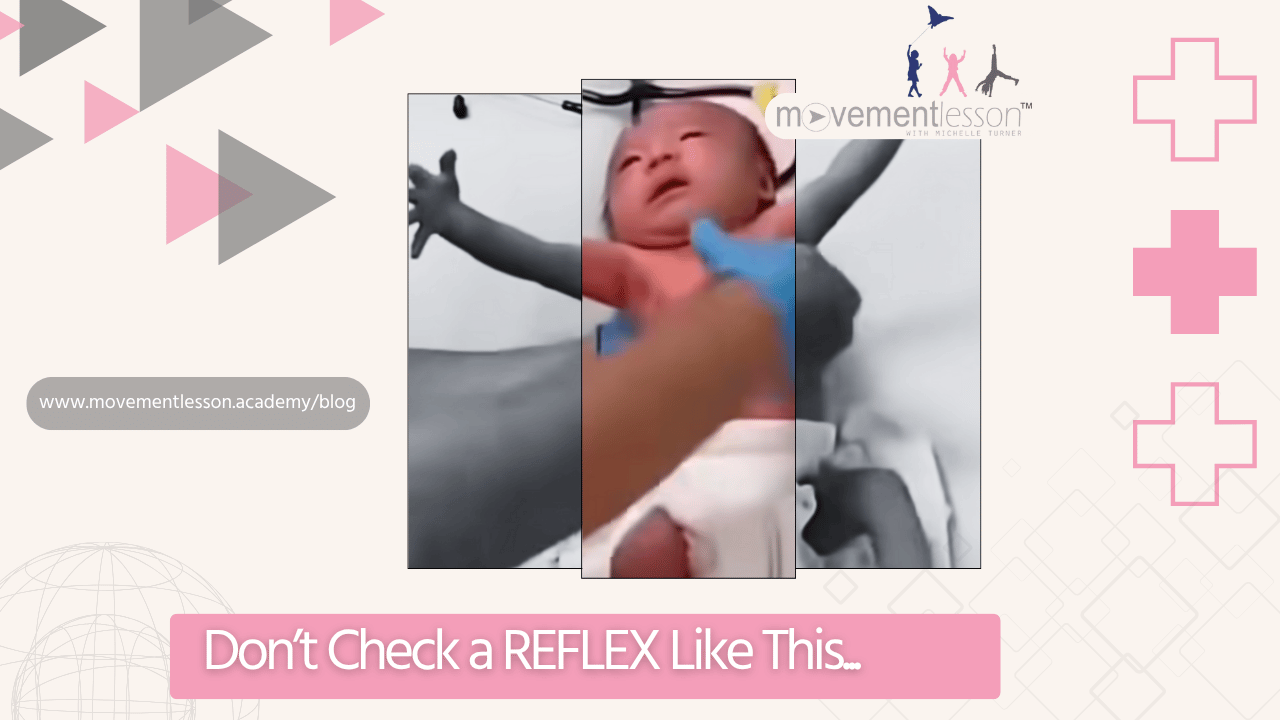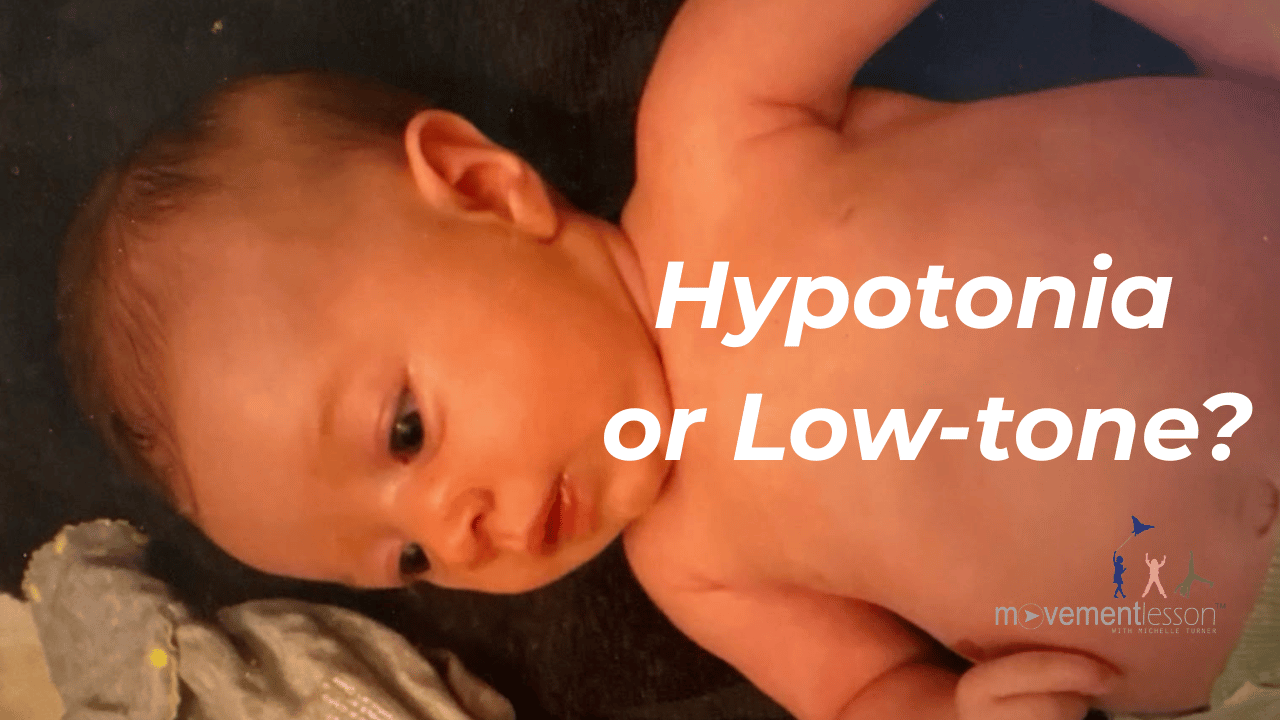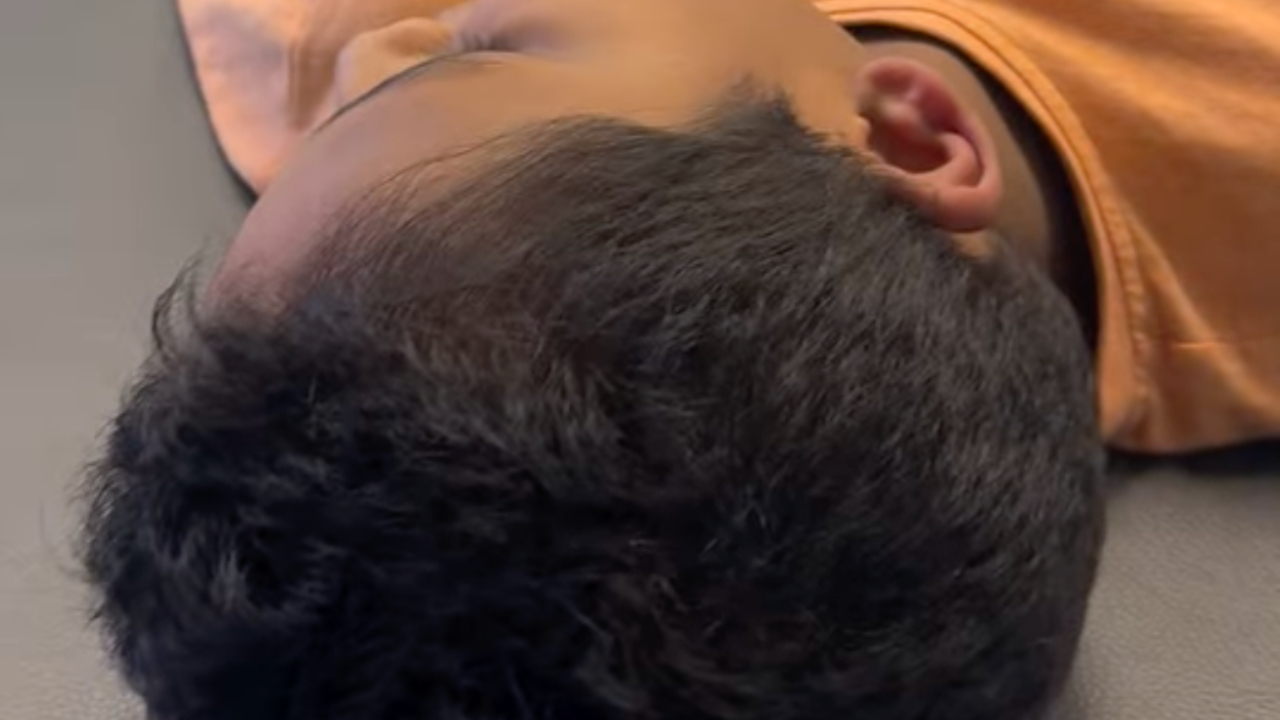Optimal Development and The Interplay of Vision and Hip Structure in Baby Milestones
When we think about baby milestones, vision, and hip structure might not be the first things that come to mind. However, these two elements are intricately connected and crucial for a child’s overall development. Let's explore how vision and hip structure influence each other and some simple at-home exercises to help improve both.
Welcome to Movement Lesson
In this post, we're diving deep into how hips and vision affect each other, with practical exercises to aid your child's development. Often, these connections are overlooked by therapists, focusing only on immediate issues rather than underlying causes.
The Link Between Vision and Hip Structure
If your child’s eyes are misaligned or crossed, it can impact their gait. The primary issue to address is eye convergence – the ability of the eyes to move inward together. Early detection by an ophthalmologist is crucial, particularly if ther...











